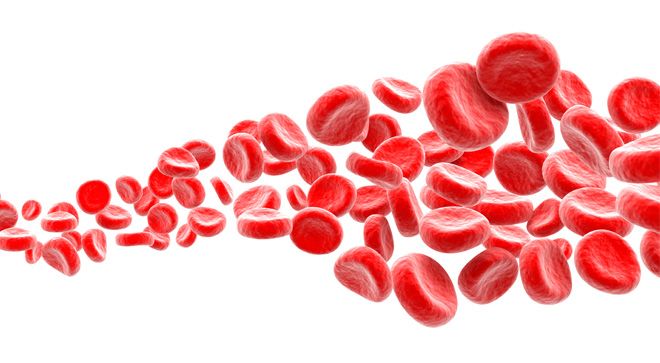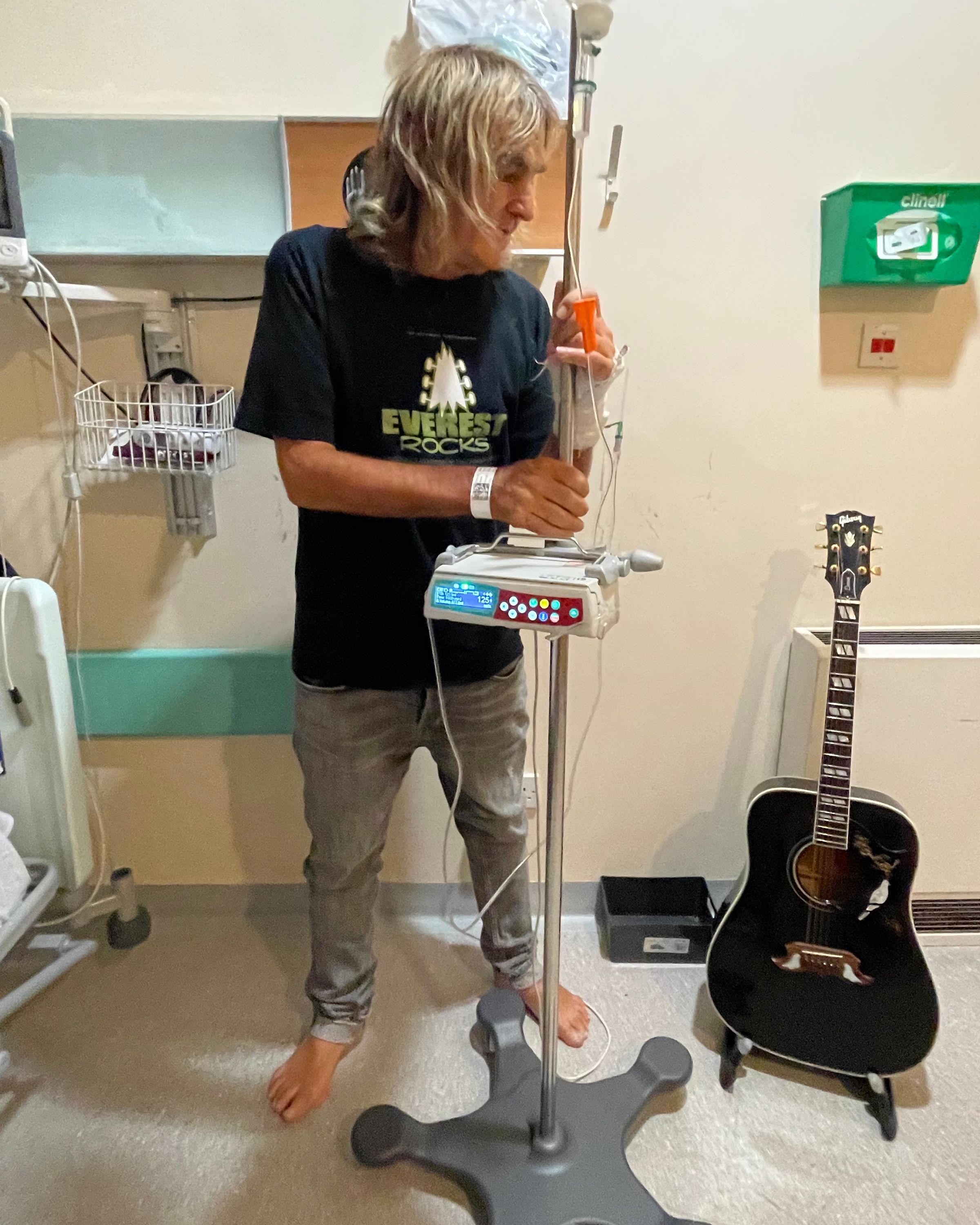Video
Targeted Approaches in Waldenstrom Macroglobulinemia
Transcript:
Steven P. Treon, MD, PhD: The rationale behind targeted therapies that you’re really getting at the Achilles’ heel of the tumor itself. You want to be able to rationally shut down the pathway that’s contributing to the growth and survival of Waldenström macroglobulinemia cells. And by doing so you want to also spare all the other good cells, including good B cells, that are out there. And I think this is very important because it alleviates both short-term as well as long-term toxicities for patients due to the drug itself.
So using targeted therapy either alone or in combination has been one of the areas of exploration in Waldenström macroglobulinemia. We and others have looked at use of proteasome inhibitors, mTOR inhibitors, as well as BTK inhibitors in Waldenström macroglobulinemia. Proteasome inhibitors are often used in combination with steroids as well as monoclonal antibodies like rituximab. There, this results in very high overall response rates in patients, even durable ones. In fact, in our study of Velcade, which is also known as bortezomib, dexamethasone and rituximab, we saw in the frontline setting median progression-free survival, that being the average amount of time that a patient remained in a response upward of and over 5 years’ time. So we know that these are very effective drugs. The converse is that you tend to see neuropathy as well as good immune cells being injured and as a result, patients can face increasing risk of infection.
The mTOR inhibitors were a class of drugs that were meant to shut down a very important growth and survival pathway that is mediated by AKT. This is one of those mastered genes that helps control a lot of growth and survival programs. But what we found in our studies was that despite that we were getting good responses and response rates and we had a lot of toxicity. And this is one of the reasons why we tend to use those more in the third- or fourth-line setting of treating patients with Waldenström macroglobulinemia.
BTK inhibitors, Bruton tyrosine kinase inhibitors, are perhaps right now what we’re most excited about. These are inhibitors that actually clobber a very important protein called Bruton tyrosine kinase. This is turned on by the MYD88 mutation, which is found in about 95% to 97% of patients. And so it’s on the pathway that turns on very important growth and survival proteins in the nucleolus that help keep these cells alive and growing.
I think it’s important for patients to know that BTK inhibitors are now a very important mainstay of treating Waldenström macroglobulinemia. And really the art now is trying to optimize their use in Waldenström macroglobulinemia. A lot of this is now based on what we’re learning from the genome. If the patient has an MYD88 mutation, we’re seeing that BTK inhibitors are a great idea. If they also have the CXCR4 mutation, then here’s where the art is really necessary, because those patients that have CXCR4 mutations are likely to have a lower response rate, particularly the deeper responses. They’re likely to have a slower time to get those responses, and they’re also more likely to progress, have their disease progress on a BTK or on ibrutinib, which is the drug that we have the most follow-up for at this point in time. And so, we’re looking now at developing CXCR4 antagonists, drugs that actually suppress CXCR4. Maybe this is one way we can overcome this.
We know from the study that was done just recently combining ibrutinib with rituximab that at least the time to getting into response was improved. But we still saw patients progressing faster who had the CXCR4 mutation. So those are the kind of innovations that we’re now working around, looking at combinations that we can actually put together to treat patients when they have a mutation like CXCR4. And there are a lot of really good ideas out there. There are a number of CXCR4 antagonists that we’re looking at. We’re also looking at the drug venetoclax, which is a BCL2 inhibitor. This has also shown a lot of activity in Waldenström macroglobulinemia patients, and the combination with ibrutinib is one of the combinations that we’re looking at starting this year in a clinical trial.
Transcript Edited for Clarity




